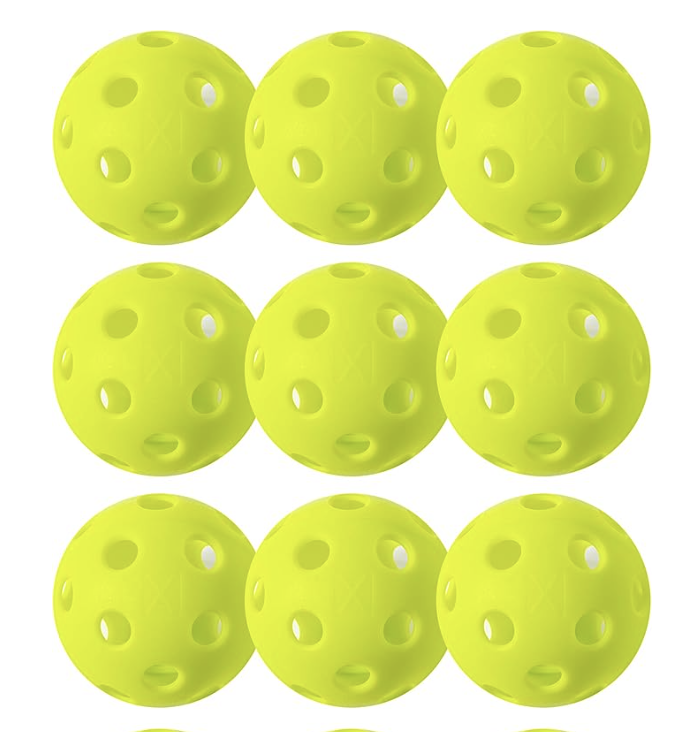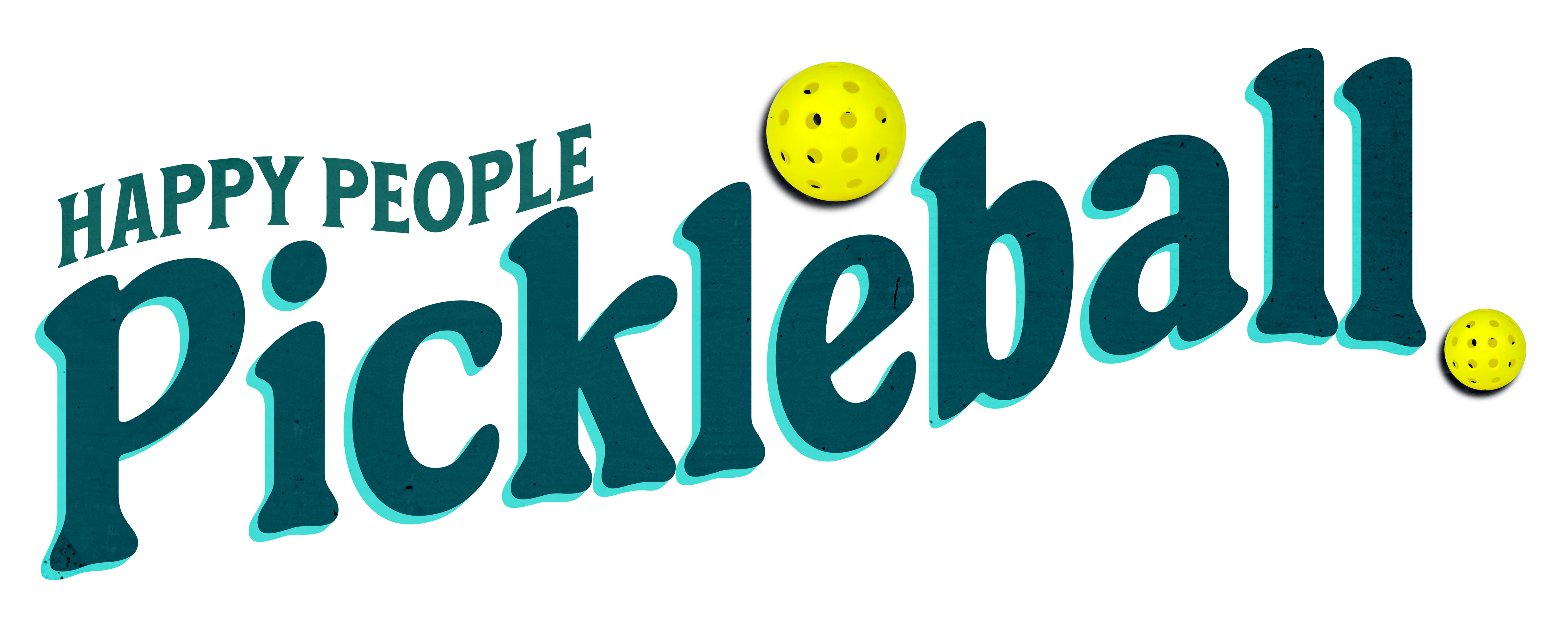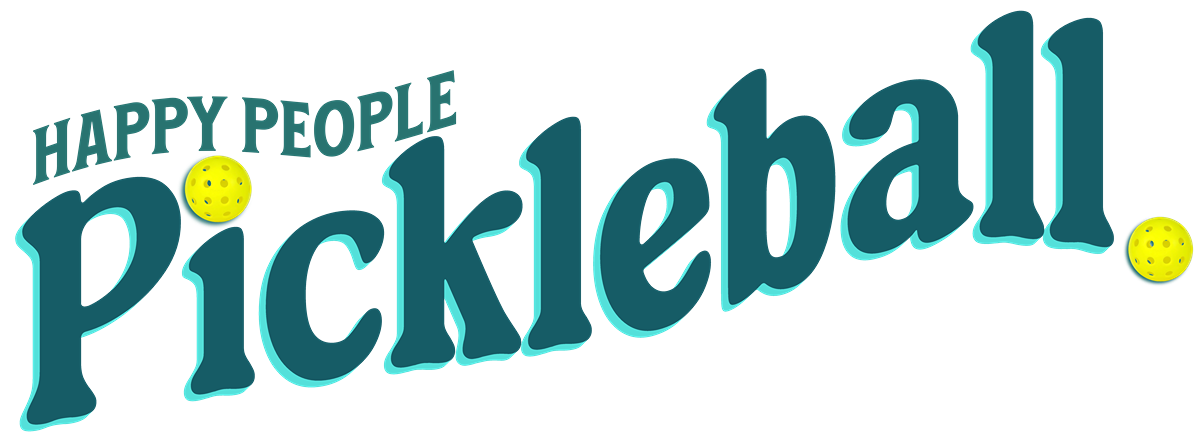![]()
Pickleball, a sport that has seen a meteoric rise in popularity, owes much of its appeal to the unique design and construction of its equipment, particularly the pickleball itself. Let’s learn how to make pickleballs, how they differ from wiffle balls, and how they create that sound everyone loves (or hates, ha!).
So let’s take a closer look at what makes a pickleball special.
As an Amazon Associate I may earn a commission from qualifying purchases. Sign up for an Amazon 30 day Prime Free Trial here.
The Pickleball
A pickleball is made from durable, lightweight plastic, typically a type of polyethylene.
This hard plastic construction allows the ball to maintain consistent bounce and speed, making it well-suited for both casual and competitive play.

How Pickleballs Are Made
Materials Used in Pickleball Construction
Pickleballs are predominantly crafted from durable, lightweight plastics.
The most commonly used materials include polyethylene and polypropylene, both known for their resilience and ability to withstand repeated impacts.
These plastics offer a balance between hardness and flexibility, essential for the ball’s performance during play.
How Does It Compare to a Wiffle Ball?
At first glance, a pickleball looks similar to a wiffle ball, but there are several key differences.
Hole Design
A pickleball has between 26 and 40 round, precision-drilled holes, whereas a wiffle ball typically features larger, elongated holes. This difference allows a pickleball to travel more predictably and consistently.
Weight & Hardness
A pickleball is heavier and harder than a wiffle ball, which helps it bounce consistently and move more quickly through the air.
Bounce & Speed
Unlike a wiffle ball, which tends to flutter and dip unpredictably, a pickleball is engineered for controlled flight and a reliable bounce off the court.
Durability
Pickleballs are designed to withstand frequent play on hard surfaces, while wiffle balls are more fragile and prone to cracking.
How Pickleballs Are Made – Manufacturing Processes
Rotational Molding vs. Injection Molding
The production of pickleballs primarily involves two molding techniques: rotational molding and injection molding.
Rotational Molding
In this method, a pre-measured amount of plastic resin is placed into a mold, which is then heated and rotated along multiple axes. The centrifugal force distributes the molten plastic evenly along the interior walls of the mold, forming a hollow sphere.
Once cooled, the mold is opened to reveal a seamless pickleball.This process ensures uniform wall thickness and a consistent bounce during play.
Injection Molding
This technique involves injecting molten plastic into a mold cavity under high pressure.
After the plastic cools and solidifies, the mold is opened to eject the formed pickleball.
Injection molding allows for precise control over the ball’s dimensions and is often used for mass production. However, balls produced using this method may have a visible seam, which can influence aerodynamics and durability.
For a visual comparison of these two methods, you might find this video insightful:
Drilling the Holes
A defining characteristic of pickleballs is the pattern of holes on their surface.These holes are not merely aesthetic; they play a crucial role in the ball’s flight dynamics.
The number, size, and arrangement of the holes can vary depending on whether the ball is intended for indoor or outdoor play.
Indoor Balls: Design, Features, and Performance
Typically feature fewer and larger holes.This design reduces the ball’s weight and minimizes the impact of air resistance, resulting in a softer, more controlled flight suitable for indoor environments.
Indoor pickleballs are specifically designed to use on smooth, hard surfaces such as gymnasium floors, wooden courts, or sport tiles. Their unique construction ensures optimal playability in indoor environments where wind and weather are not factors.
Number of Holes in Indoor Pickleballs
One of the defining features of indoor pickleballs is the number and size of the holes on their surface. Most indoor pickleballs have 26 holes, which are larger and spaced farther apart than those on outdoor balls. This design affects the ball’s aerodynamics, making it slower and easier to control, which is ideal for indoor play where precision and finesse are more critical than battling outdoor elements.
Why Do Indoor Pickleballs Have Larger Holes?
Better Control – The larger holes reduce speed, allowing for softer shots, longer rallies, and more precise ball placement.
Less Bounce – Indoor balls typically have a slightly lower bounce compared to outdoor balls, which complements the smooth, hard playing surface.
Lighter Weight – The larger holes reduce the ball’s overall weight, making it easier to maneuver and enhancing the ability to place spin on shots.
Material and Feel
Compared to their outdoor counterparts, indoor pickleballs are made from a softer plastic. This makes them quieter, less prone to cracking, and easier to control. However, their softer nature also means they may wear out more quickly with regular use.
How Indoor Pickleballs Differ from Outdoor Pickleballs
| Feature | Indoor Pickleballs | Outdoor Pickleballs |
|---|---|---|
| Number of Holes | 26 larger holes | 40 smaller holes |
| Weight | Lighter | Heavier |
| Material | Softer plastic | Harder plastic |
| Bounce | Lower | Higher |
| Durability | Less durable, may wear out faster indoors | More durable to withstand rougher surfaces |
| Flight Path | More controlled, less affected by power shots | Faster, straighter flight for outdoor conditions |
Popular Indoor Pickleballs
Warping Point Indoor Pickleball Balls

Franklin Sports X-26 Indoor Pickleballs
A slightly firmer option with consistent bounce.

YOTIGER Indoor Pickleball Balls 4 Pack
Offers high bounce

Indoor pickleballs are an essential part of the game, providing a different experience than outdoor play. Their unique design allows for longer rallies, strategic shot placement, and a more controlled pace, making them a great choice for players who prioritize finesse over power.
Outdoor Balls
Designed with more numerous and smaller holes.This configuration adds weight and reduces the effect of wind, providing a more predictable trajectory in outdoor conditions.
Outdoor pickleballs are specifically engineered to withstand rougher surfaces and unpredictable weather conditions. Their construction differs from indoor balls to ensure better durability, stability, and playability on outdoor courts, which are often made of asphalt or concrete.
Number of Holes in Outdoor Pickleballs
One of the key distinguishing features of outdoor pickleballs is the number and size of the holes. Outdoor pickleballs typically have 40 smaller holes, which help maintain a predictable flight path even in windy conditions.
Why Do Outdoor Pickleballs Have More and Smaller Holes?
Wind Resistance – Smaller holes reduce the impact of wind, ensuring a more stable and predictable flight path.
Faster Speed – The denser hole pattern helps the ball travel faster, making outdoor play more dynamic and fast-paced.
More Bounce – Outdoor balls are designed to bounce higher, compensating for rougher court surfaces like asphalt.
Material and Durability
Outdoor pickleballs are made from harder plastic, usually polyethylene or polypropylene, making them more durable to withstand rough surfaces and repeated impact. However, because they are harder, they also tend to crack over time, especially in colder weather.
How Outdoor Pickleballs Differ from Indoor Pickleballs
| Feature | Outdoor Pickleballs | Indoor Pickleballs |
|---|---|---|
| Number of Holes | 40 smaller holes | 26 larger holes |
| Weight | Heavier | Lighter |
| Material | Harder plastic | Softer plastic |
| Bounce | Higher | Lower |
| Durability | More durable to withstand rough surfaces | Less durable, wears out faster indoors |
| Flight Path | Faster, straighter flight for outdoor conditions | More controlled, less affected by power shots |
Popular Outdoor Pickleballs
JOOLA Primo Pickleball Balls – The official ball of many tournaments, known for its fast speed and consistency.

Franklin X-40 – A popular choice with excellent durability and balanced flight.

Selkirk Pro S1 Ball

Outdoor pickleballs are designed for high-energy, fast-paced gameplay.
Their smaller, denser hole pattern and harder plastic material ensure they can handle wind, rough courts, and intense rallies, making them the preferred choice for competitive and recreational outdoor play.
Quality Control and Testing
Before reaching consumers, pickleballs undergo rigorous quality control procedures.Manufacturers test for factors such as weight, diameter, bounce height, and hardness to ensure each ball meets the standards set by governing bodies like the USA Pickleball Association.
Balls are also inspected for cosmetic defects, such as irregular seams or improperly drilled holes, which could affect performance.
Innovations in Pickleball Manufacturing
As the sport continues to grow, manufacturers are exploring innovations to enhance ball performance and player experience.
Recent developments include the creation of quieter pickleballs, designed to reduce noise during play—a feature particularly appreciated in noise-sensitive communities.
For instance, GoSports GS 40 Q-Foam Pickleballs has been working on such innovations, aiming to produce balls that maintain performance while minimizing sound.
GoSports GS 40 Q-Foam Pickleballs

Conclusion
The meticulous process of crafting a pickleball involves a blend of material science, engineering, and design.
From selecting durable plastics to choosing the appropriate molding technique and precisely drilling holes, each step is crucial in producing a ball that meets the demands of players and the standards of the sport.As technology advances and the sport’s popularity surges, we can anticipate further innovations that will continue to enhance the quality and performance of pickleballs.
Read more about The Best Pickleball Balls For Outdoor Play 2025
Join My Newsletter! Click Here to Subscribe.
A Happy Pickleball and Lifestyle Trends Blog

Thanks for joining me on this journey to embrace the pickleball lifestyle and community. Please join my newsletter and visit HappyPeoplePickleball.com for tips, trends, and inspiration. Visit my promo code page for discounts. Stay inspired, stay active, and most importantly, stay happy! – Brigette
Like this article? Leave a google review here!




